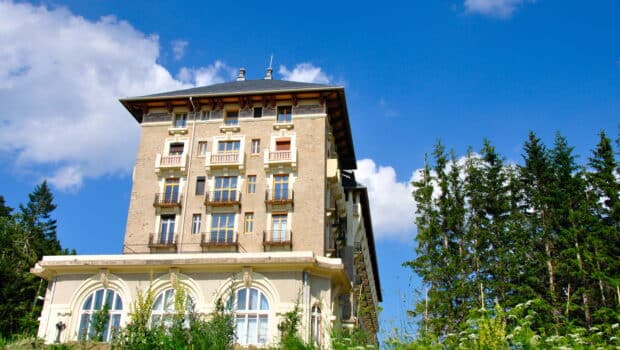#Episode 1
what is indoor mobile coverage?
Over the past few years, new energy standards have required building materials to be used that often impede wave transmission. Indoor mobile coverage is a technological solution to provide 3G/4G/5G coverage inside buildings, stadiums, campuses or shopping centres.
Indoor connectivity is a major issue
100%
of customers use their
smartphones in shopping centres
+40 %
of passengers use their phones
on public transport
60 %
of French people consider phones
to be work tools
80 %
of calls made indoors are
from mobile phones
Connecting to a mobile network indoors therefore boosts appeal and productivity. Access to the network must be reliable and effective, for both people and indoor machines.
Various types of indoor and outdoor structures are affected by indoor coverage. Here is a list of locations where Axione provides connectivity:
Indoor coverage is a complex technological challenge
Why does network coverage deteriorate or disappear indoors?
-Failure to take into account connectivity needs when designing buildings
-The nature of a building’s architecture (walls, metal frames, etc.) slows the transmission of waves and makes reception impossible in certain places.
-Buildings use highly insulating materials to minimise energy loss. This also affects wave travel.
Building materials designed for energy efficiency therefore block mobile networks. Indoors, partitions between spaces also prevent radio waves from passing. This makes it necessary to install relay antennas. Full coverage requires precise engineering and a detailed design phase.
Many businesses are affected by the lack of connectivity to support their digital needs. This may be due to the building constraints of the infrastructure, in particular the use of certain materials, or to the geographical location.
Tamara Chany, Head of Axione’s indoor mobile radio coverage

Meanwhile, individual data requirements are growing constantly and may exceed the network bandwidth. The network must therefore respond qualitatively and quantitatively to user demand.
In the next episode, you will find out more about the users of these indoor networks.



